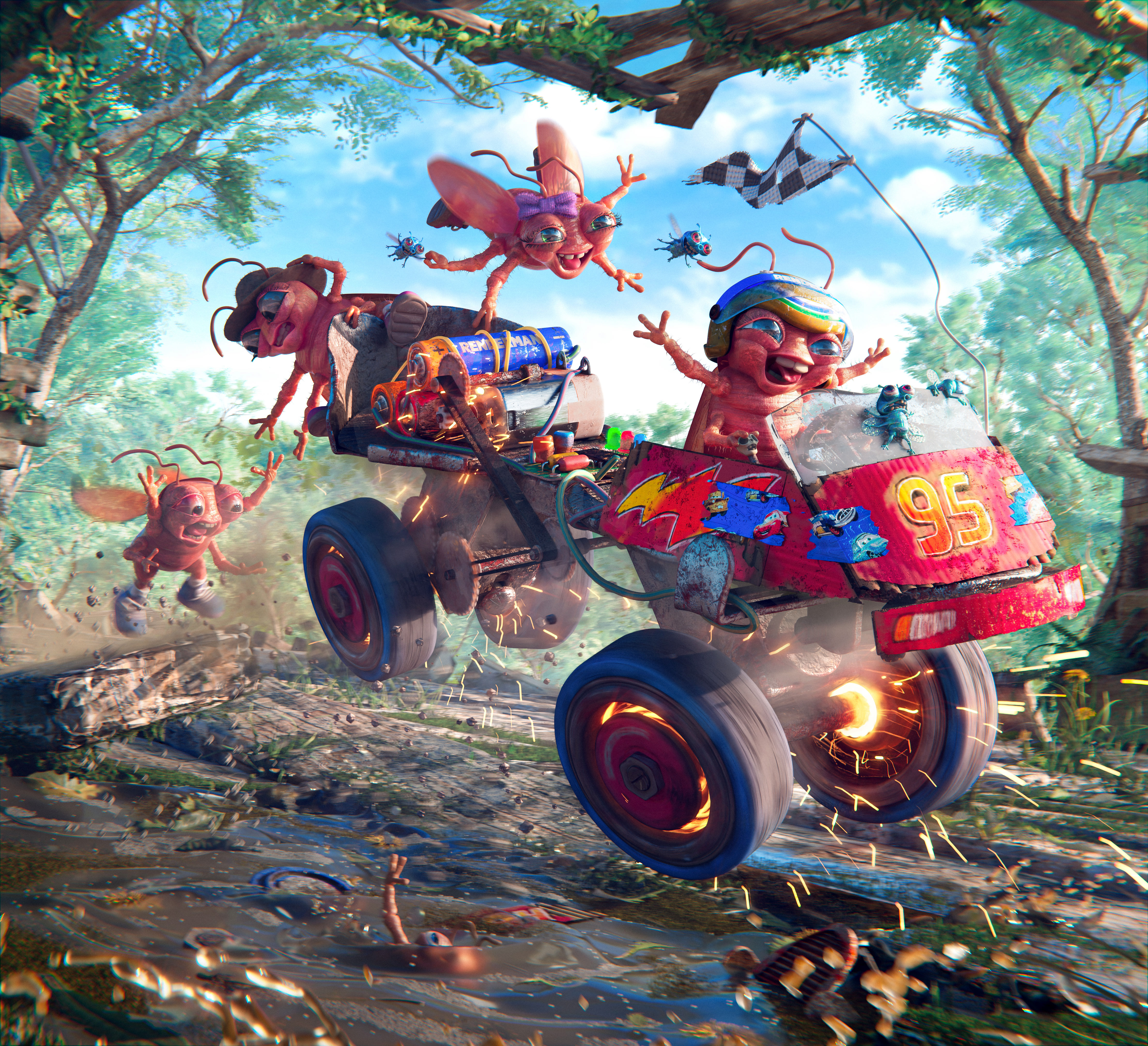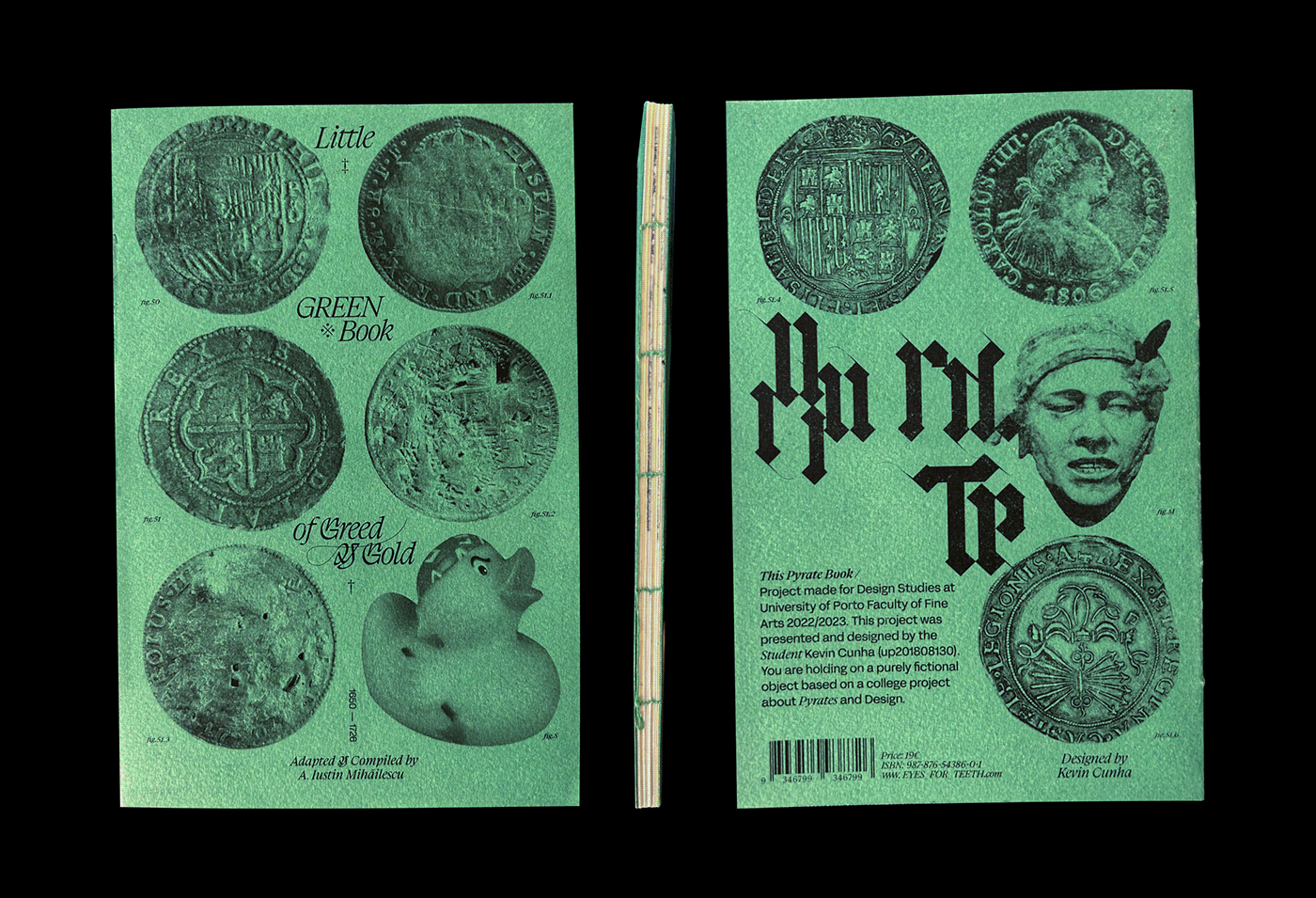Migration Narratives
‘The passport is just a document proofing membership to the club”
(Lloyd)

‘If you don’t have a homeland, an identity, if you’ve lost everything you have as identity with your homeland, with your family... that’s just like losing your soul.”
Graciela Iturbide (Knott)
My grandparents, on both sides of my family, were Polish immigrants to Canada in the early to late 1930s. Much of what I know of them has been lost, both my parents have passed away and my connection to my extended family is tenuous. Recently having a child of my own, my daughter Abigail, I started to wonder about my family’s past and their journey to Canada.
The things I do remember from my paternal grandparents, who we were closer to, was that immigrating was not easy. Life in Canada was a struggle and assimilation into the melting pot of Canadian culture, at least for my grandparents, did not really occur. It was inferred that my paternal grandparents had somewhat of an arranged marriage as my grandmother needed to leave Europe due to concerns about her mixed heritage. They were hard working, frugal and bestowed all they could on my father to help him and his sister assimilate into a culture they never could.
My maternal grandparents were a different story, my grandmother was fastidious about finances, she kept her freewheeling husband in line and the family riches intact. They seemed to acclimatize to Canada and its culture quite a bit easier. However, my grandmother’s death from breast cancer in her mid-forties which fractured my mother’s family somewhat.
My family’s twin stories of immigration to Canada is not a tragedy, and for the most part was a successful journey and one that I think enriched their lives and in a small way enriched Canada. My grandparents were hard working and deeply indebted to their adopted homeland. They all amassed small fortunes and contributed greatly to their local communities. They had advantages, white immigrants from Europe faired much better and were given greater opportunities, and their kids easily blended into the melting pot of Canadian society.
What sparked my interest in pursuing a series of portraits about immigration was recent news stories and more importantly the negative talk of about immigrants and foreigners. It is amazing to me that we all seem to forget where we came from in the Americas, immigrants. I also think this speaks to another issue about money, globalization, wealth and the divide in what we in western societies have been born into, privilege, built on the backs of other cultures.
So the first thing I decided to do was explore my family’s history and find out where I came from and why we left.
“Any person that was granted a certificate of naturalization was entitled to the same rights, privileges and responsibilities as a natural-born British subject, including the right to vote in federal elections and protection from deportation.”
(Canadian Museum of Immigration at Pier 21)

Front of Certificate of Naturalization Issued in 1932 to Kazimierz Macinski
This is my paternal grandfather’s Certificate of Naturalization issued in 1932. The Naturalization Act at the time meant that he would have lived in Canada for a period of five years, been judged to be of a good moral character and could speak either French or English.
Unknown to me my grandfather’s real name was Kazimierz Macinski not John Machinski.

Back of Certificate of Naturalization Issued in 1932 to Kazimierz Macinski
“Persons with disabilities, which the actidentified as married women, minors, lunatics and idiots, were not eligible to receive certificates of naturalization. The status of married women and children depended upon the status of the male head of the family.."
(Canadian Museum of Immigration at Pier 21)
This is the back of my paternal grandfather’s Certificate of Naturalization issued in 1932. Which shows that he was labourer and was married when he immigrated. They were from the village of Nowa Słupia in Poland, they immigrated a few years before the whole village burnt to the ground. I could not locate my paternal grandmother's Certificate of Naturalization and upon researching why found out they were not issued to married women.

Left photo of Kazimierz Macinski in Poland only known photo outside of Canada
Right photo of John Machinski in Canada with family Toronto years later
These are two images I found of my paternal grandfather. What I find interesting about these two images are the differences. These differences are reflected in the condition of the prints themselves. The first is a small, ripped and torn, a murky image of a lone Polish man and the other is a clean well-kept image taken years later of a Canadian family.
What I am interested in is examining the space and time between these two images. I want to explore contemporary issues of immigration, refugees, permanent citizens and temporary foreign workers. Through a series of portraits and written accounts of people who are currently experiencing these issues in Canada first hand.
My hope is to show that immigration is not a thing to be feared, by putting a human face to it. In fact, it is something to be encouraged a recent study, The welfare impact of global migration in OECD countries, published in the Journal of International Economics by researchers from the Paris School of Economics, Université Catholique de Louvain, Poznań University of Economics and the National Fund for Scientific Research in Belgium showed that:
“Recent global migration flows induced many winners and a few losers among OECD citizens.”
(Aubry)
In this age of globalization, we need to remember that in the Americas most of us are descendants of immigrants, and membership to the club was only a factor of birth.

Passport renewal application, my mother, Donna Machinski mid-1960s
idea summary
Photograph a series of environmental portraits of immigrants, refugees, permanent citizens and temporary foreign workers in Canada. I would also like to accompany these images with a written statement by the subjects of their experiences in Canada and their journey here. Other ideas to possibly explore within the development of this series:
Photograph temporary foreign workers perhaps at the back of their places of employment and I would like to do these all in the winter. I like the idea of including something that most people feel is synonymous with Canada, winter.
I was also thinking of doing a series of portraits of recent immigrants and non-recent immigrants. Part of the series would be for the viewers to guess which ones are immigrants or foreigners. With the catch being, we are ultimately all immigrants or descendants of immigrants.
A final idea is to explore the idea of globalization specifically global corporations. As many corporations are entities that have no nationality and are truly global citizens, the impacts of this are very interesting and complex.
citations
Lloyd, Martin. The Passport: the History of Man’s Most Travelled Document. Sutton, 2003.
Knott, Leslie and Clementine Malpas, directors. REFUGEE. Tiger Nest Films, 2016, www.netflix.com/title/80160127.
Canadian Museum of Immigration at Pier 21. “Canadian Museum of Immigration at Pier 21.” Naturalization Act, 1914 | Pier 21, www.pier21.ca/research/immigration-history/naturalization-act-1914.
Aubry, Amandine, et al. “The Welfare Impact of Global Migration in OECD Countries.” Journal of International Economics, vol. 101, 2016, pp. 1–21., doi:10.1016/j.jinteco.2016.03.005.
Moyer, Justin Wm. “Aylan’s Story: How Desperation Left a 3-Year-Old Boy Washed up on a Turkish Beach.” The Washington Post, WP Company, 3 Sept. 2015, www.washingtonpost.com/news/morning-mix/wp/2015/09/03/a-desperate-refugee-family-a-capsized-boat-and-3-year-old-dead-on-a-beach-in-turkey/?utm_term=.4de108ff4d2e.
Annenberg Foundation For Photography, director. Crisis in Focus A Moderated Panel Discussion with Photographers Featured in REFUGEE. Annenberg Foundation For Photography, 2016, www.annenbergphotospace.org/video/crisis-focus-moderated-panel-discussion-photographers-featured-refugee.
Küpeli, Ismail. “We Spoke to the Photographer Behind the Picture of the Drowned Syrian Boy.” Vice, 4 Sept. 2015, www.vice.com/en_ca/article/zngqpx/nilfer-demir-interview-876.
Knight, Richard. “Passports.” 50 Things That Made the Modern Economy, BBC World Service, 21 May 2017, www. bbc.co.uk/programmes/p052spyb.
Virtual Shtetl. “History of Nowa Słupia.” History | Virtual Shtetl, sztetl.org.pl/en/towns/n/693-nowa-slupia/99- history/137746-history-of-community.






